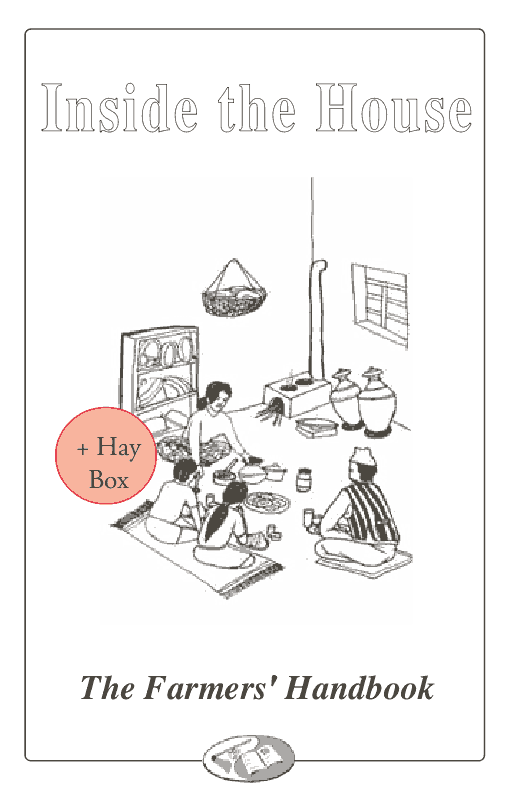
 20
20





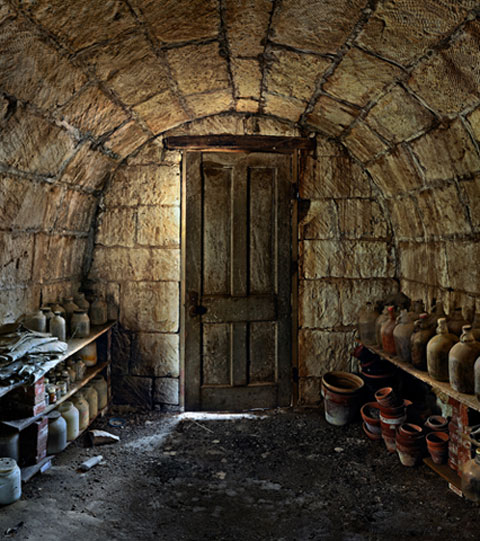

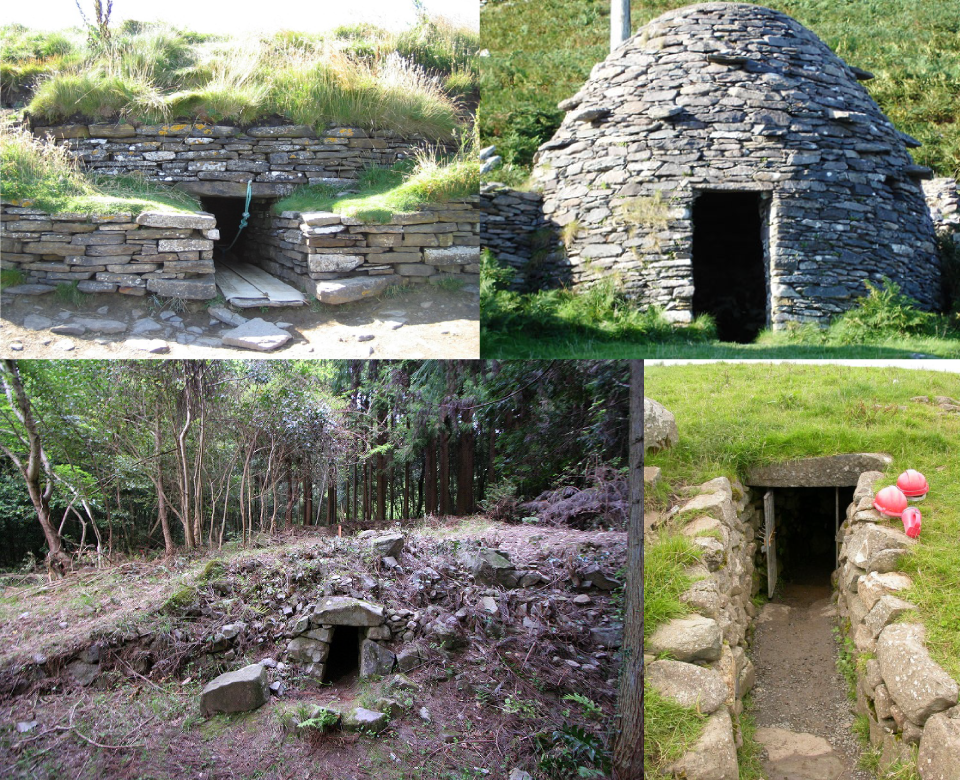


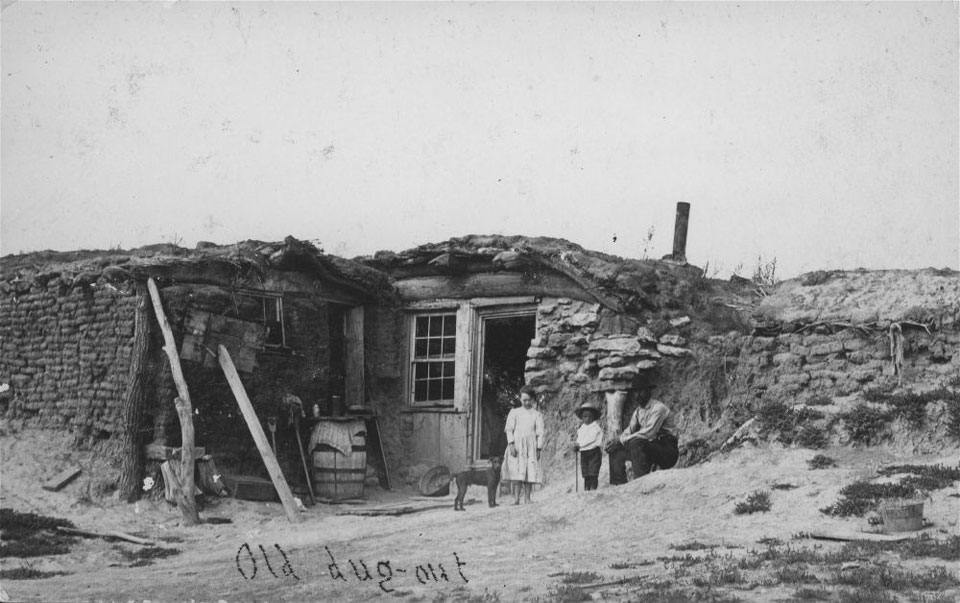



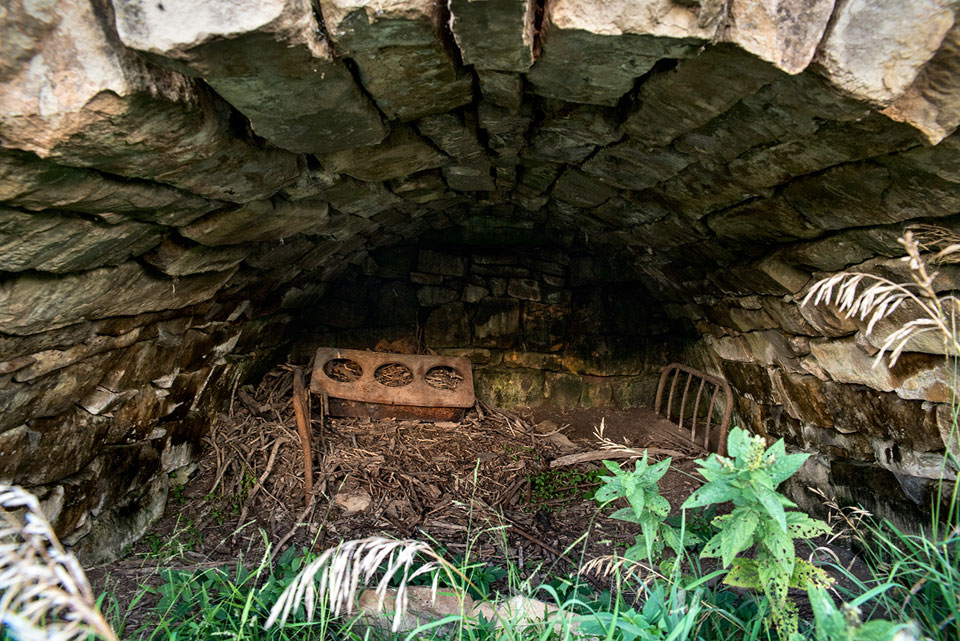
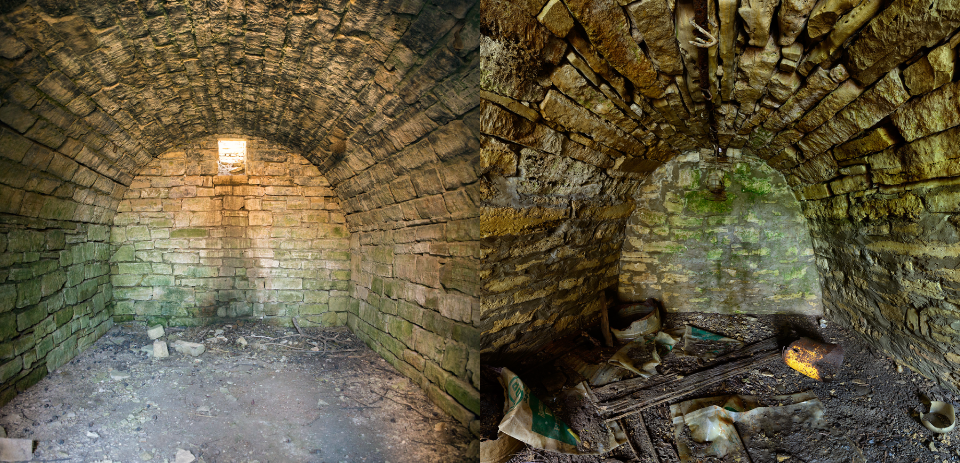
 5
5




 2
2




Steve Zoma wrote:We have the same problem here, but besides being wet and laden with moisture from the coast, we also get really cold.
One of the more famous places here with root cellars is Fort Knox... no not THAT Fort Knox, America's first Fort Knox. I can't remember how many it has, but something like seven of these.
I am not sure if it helps, but they are made pretty shallow, but underground, with brick floors and arched granite overhead.
 9
9




 1
1




Making my world a better place, one permaculture decision at a time.
 2
2




Mary Haasch wrote:Any good resources for a root cellar into the side of a hill in sandy soil?
 6
6




Steve Zoma wrote:
Mary Haasch wrote:Any good resources for a root cellar into the side of a hill in sandy soil?
I am not sure if your situation but if it was me I might rent an excavator and bury a 20 foot container into that hillside. The container could take the earth weight, but with its back doors to daylight have a nice seal against rodents and be quick and durable.
But that is assuming you have $3000 to spend?
Making my world a better place, one permaculture decision at a time.
 4
4




"You must be the change you want to see in the world." "First they ignore you, then they laugh at you, then they fight you, then you win." --Mahatma Gandhi
"Preach the Gospel always, and if necessary, use words." --Francis of Assisi.
"Family farms work when the whole family works the farm." -- Adam Klaus
 7
7




gardener, homesteader
 14
14




![Filename: IMGP8707.jpeg
Description: [Thumbnail for IMGP8707.jpeg]](/t/209165/a/201300/IMGP8707.jpeg)
 14
14







 4
4




R Sumner wrote:We have an old stone root cellar here but the (original?) roof was rotting out so we replaced it last year. Attached is a long shot of the completed earth roof. I have another fifteen photos of the construction if this works (and anyone is interested)...
JayGee
 8
8




 9
9




Steve Zoma wrote:
Mary Haasch wrote:Any good resources for a root cellar into the side of a hill in sandy soil?
I am not sure if your situation but if it was me I might rent an excavator and bury a 20 foot container into that hillside. The container could take the earth weight, but with its back doors to daylight have a nice seal against rodents and be quick and durable.
But that is assuming you have $3000 to spend?
 I'm thinking if I cut into the rock (sand stone really) and leave a dome shape to the roof I'll be okay, but I would like to be sure before I spend many hundreds of hours doing it. I would like a cool root cellar/shelter type of structure as opposed to a nice big stone grave.
I'm thinking if I cut into the rock (sand stone really) and leave a dome shape to the roof I'll be okay, but I would like to be sure before I spend many hundreds of hours doing it. I would like a cool root cellar/shelter type of structure as opposed to a nice big stone grave.A build too cool to miss:Mike's GreenhouseA great example:Joseph's Garden
All the soil info you'll ever need:
Redhawk's excellent soil-building series





 2
2




Nicole Alderman wrote:Ooooh, I just read Stone Chambers: Root Cellars, Ice Houses, or Native American Ceremonial Structures?, and it's awesome! It detailed how to build cellars with stone, bricks, and cement, two different ways to make domed ceilings, how to build the floor, what mortars to use for what materials, and even how to make the door. Better yet, they actually explain WHY things are build the way they are. Finally, a good how-to for a building novice like me!
A build too cool to miss:Mike's GreenhouseA great example:Joseph's Garden
All the soil info you'll ever need:
Redhawk's excellent soil-building series





 5
5




Trace Oswald wrote:
Nicole Alderman wrote:Ooooh, I just read Stone Chambers: Root Cellars, Ice Houses, or Native American Ceremonial Structures?, and it's awesome! It detailed how to build cellars with stone, bricks, and cement, two different ways to make domed ceilings, how to build the floor, what mortars to use for what materials, and even how to make the door. Better yet, they actually explain WHY things are build the way they are. Finally, a good how-to for a building novice like me!
Is there some way to read this without giving that site access to my contact list?
 9
9




 6
6




Trace Oswald wrote:Is there some way to read this without giving that site access to my contact list?
I'm only 65! That's not to old to learn to be a permie, right?
 3
3




Jane Mulberry wrote:
Trace Oswald wrote:Is there some way to read this without giving that site access to my contact list?
If you scroll down on that article page, past the "Related papers" section the full text should be readable there without needing to log in or download.
A build too cool to miss:Mike's GreenhouseA great example:Joseph's Garden
All the soil info you'll ever need:
Redhawk's excellent soil-building series











 2
2




I'm only 65! That's not to old to learn to be a permie, right?
 3
3




al aric wrote:Hello,
First of all I want to thank everyone for their contributions to this thread. It's an informative thread. I find myself in the same position as others on this thread. I'm in a sandy loam area and I'd like a root cellar. I've been talking to a friend and he recommended corrugated pipe (8' diameter) buried, then put doors for ends (or on one end). I noticed the shipping container comments. I haven't calculated the load bearing qualities of a shipping container but I had concerns on lateral forces without researching it. The culvert pipe is made to be buried. Is there anyone with first hand experience with burying something in a sand/sandy loam soil? Concerns would be rust, hydraulic activity undermining the structure, collapse, etc. Longevity comes to mind. I love the constructed structures but if I can simply bury something...it would save time. I'm thinking more of a root cellar than a tornado shelter. I've read some material, watched a few videos, but I'm just curious if there a few people on here with first hand experience who can share their experiences?
Thank you
Best luck: satisfaction
Greatest curse, greed
 2
2




Making my world a better place, one permaculture decision at a time.
 2
2




Thekla McDaniels wrote:
and don’t mind me while I stumble around the idea, but if potential for corrosion is a major problem, isn’t corrosion a result of electrolysis or some other process of conductivity and electron transfer, and if so, could the corrosion be tamed by setting up an anode and a cathode? And which ever the culvert ISN’T, install the other in a location it can easily be replaced ? Kind of like setting up a sacrificial corrosion depot that prevents corrosion in the culvert
 4
4




 4
4




Invasive plants are Earth's way of insisting we notice her medicines. Stephen Herrod Buhner
Everyone learns what works by learning what doesn't work. Stephen Herrod Buhner
 2
2




 2
2




Charlie Miller wrote:Not sure how to reply to a post on cell phone, anyway...
This is in reply to the buried connex containers lateral pressure issue. I plan to implement this engineering to my underground home, and I believe it will work for a connex container also. Enjoy.
https://youtube.com/watch?v=0olpSN6_TCc&feature=share
Best luck: satisfaction
Greatest curse, greed
 3
3




Steve Zoma wrote:One of the more famous places here with root cellars is Fort Knox... no not THAT Fort Knox, America's first Fort Knox. I can't remember how many it has, but something like seven of these.
I am not sure if it helps, but they are made pretty shallow, but underground, with brick floors and arched granite overhead.
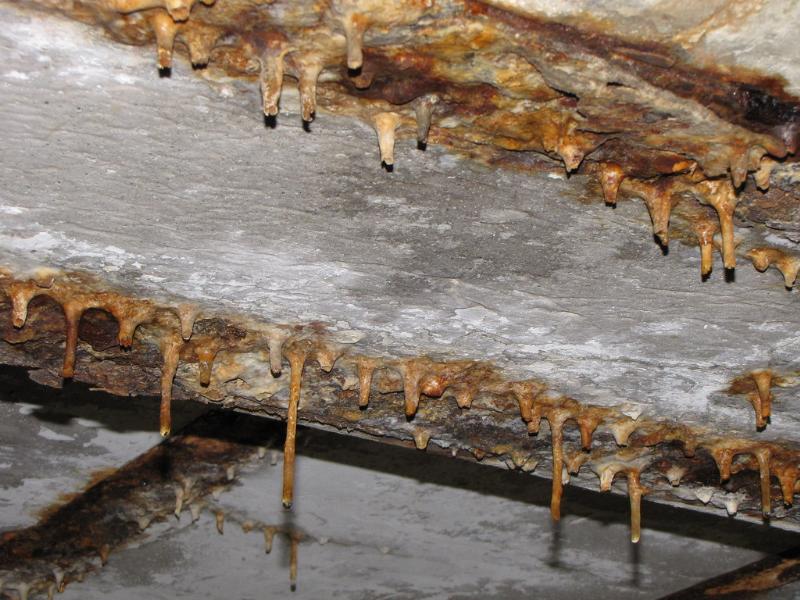

 3
3





 6
6




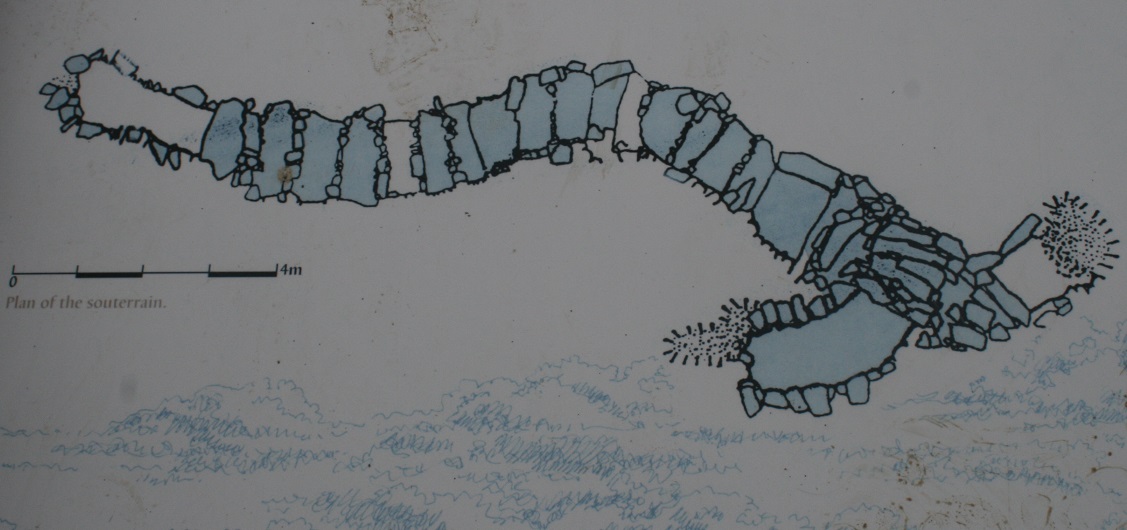
How Permies works: https://permies.com/wiki/34193/permies-works-links-threads
My projects on Skye: The tree field, Growing and landracing, perennial polycultures, "Don't dream it - be it! "

|
A magnificient life is loaded with tough challenges. En garde tiny ad:
The new gardening playing cards kickstarter is now live!
https://www.kickstarter.com/projects/paulwheaton/garden-cards
|



